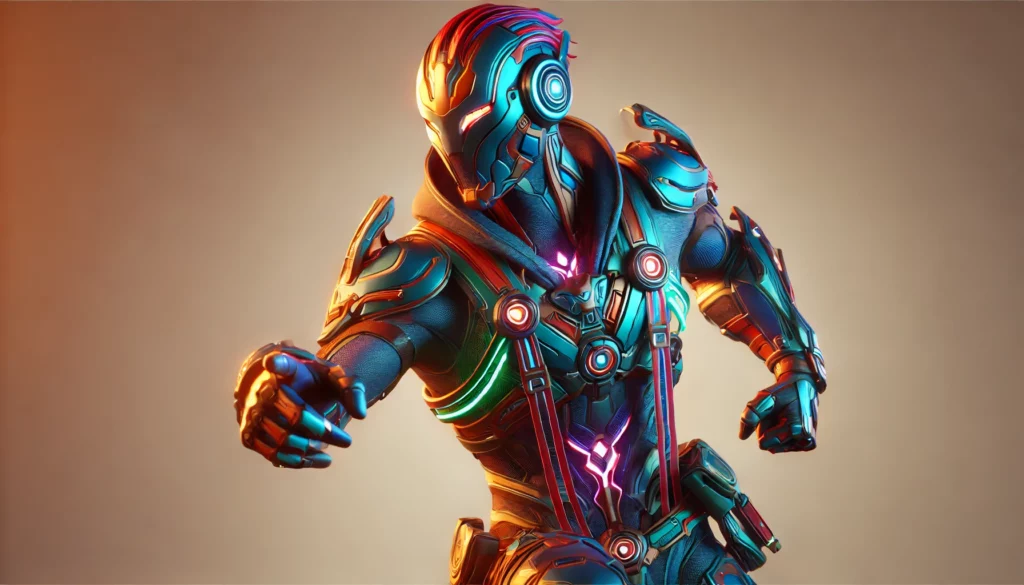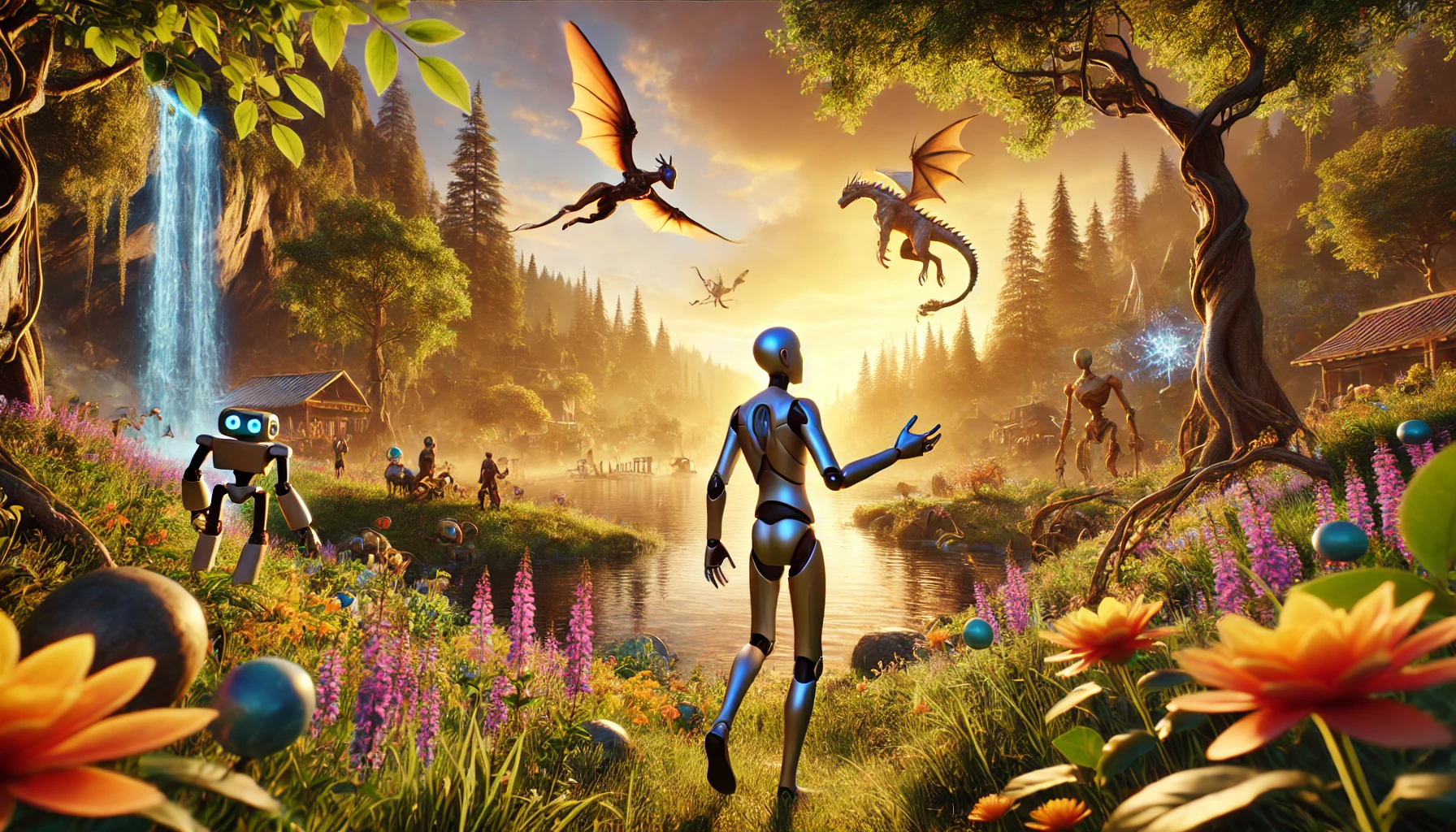Creating lifelike 3D animated characters is both a skill and an art form. Over the years, character animation has advanced significantly, bringing realistic animations to screens across gaming, film, and digital media. Today, these characters are not just about movement; they tell stories, convey emotions, and immerse audiences in new worlds. Let’s dive into the fascinating process of creating 3D animated characters and the tools, creativity, and workflows that bring these characters to life.
The Value of Realism in Character Animation
Realism is the key to impactful character animation. It adds depth to characters, making them relatable and memorable. For animators, creating realistic animations means paying attention to detail. From the rise and fall of a character’s chest to complex actions like a dance or jump, every movement counts.
Achieving realism starts with designing 3D animated characters equipped with detailed textures, rigs, and lifelike features. Each character’s body is crafted with expressive poses that can convey mood, personality, and emotion. Realism is essential across various animation projects, from movies to interactive games, and allows audiences to connect more deeply with the story.
The Animation Workflow: From Model to Realistic Animation
Creating realistic character animation involves several stages, each one essential to producing fluid, believable animations:
- Modeling: In this stage, artists create the base model for the character. They focus on body shape, proportions, facial details, and other unique characteristics. Adding textures helps enhance the model’s realism by giving it a lifelike appearance.
- Rigging Options: Rigging is where the character gets its bones, which allow movement. Rigging options can range from simple setups to complex rigs for more dynamic animations. With rigging, animators gain control over specific body parts, from the fingers to the eyes, creating lifelike poses.
- Animating: This is where 3D animated characters come to life. Animators use tools to animate every detail, from simple gestures to complex moves. Creating smooth transitions is key, as they add flow to each motion, making realistic animations look natural. Motion-capture technology is often used to trace realistic body movements, which can then be customized for the character.
- Exporting: After final touches, animators export their work, making it ready for various media formats. Exporting involves refining each animation to ensure high quality across platforms.
Essential Tools to Animate 3D Characters
Modern animation tools have transformed the way animators create 3D animated characters. Various software options provide powerful rigging, modeling, and customization features. Below are some popular tools to explore:
- Blender: A free, open-source tool, Blender is highly versatile and ideal for indie creators. With numerous rigging options and downloadable assets, Blender offers robust tools for character modeling and animation.
- Maya: Widely used in professional studios, Maya provides advanced character animation features and controls. Maya’s toolset allows animators to handle complex movements with precision, making it perfect for realistic animations.
- Cinema 4D: Known for its user-friendly workflow, Cinema 4D is excellent for beginners and experienced animators alike. With this software, animators can download ready-made assets and customize them for their own projects.
Each of these tools helps animators create and refine their characters, offering a range of control options that make animations look and feel real.
Adding Realism with Motion and Customization
A crucial element in character animation is creating realistic motion. Motion-capture technology captures real-life movements, which animators then apply to 3D animated characters. By tracing and refining these movements, animations become more convincing and life-like.
Customization options in animation software allow animators to adjust every detail. They can tweak textures, rigs, and poses to suit the character’s role and environment. For example, a character in a fantasy game may have exaggerated motions, while a character in a drama may use subtle expressions to convey emotions.
Smooth transitions are another key factor in lifelike animations. Transitions between different poses—such as a character going from a stand to a jump—must flow naturally to keep the audience engaged. Using realistic transitions, animators add personality to the characters, making them feel part of the world they inhabit.
Realistic 3D Characters in Animation Projects
3D animated characters with realistic features are essential across multiple media projects, from video games to film. Interactive characters have even expanded to social media and browser-based animations. Projects often let users customize and control digital avatars, exploring animated worlds and engaging with other characters.
With an extensive collection of downloadable resources available, animators can quickly bring unique characters to life in new projects. Many platforms offer free downloads of rigged models, textures, and animation templates, making it easy for animators to try out new ideas without starting from scratch.
Creativity in Character Animation: Bringing Life to 3D Models
At its core, character animation is a blend of technology and creativity. Animators not only work with tools but also bring their imagination into every project. They create personalities for 3D animated characters, adjust movements, and craft lifelike animations that tell compelling stories.
By customizing every aspect—from the character’s bones to its motions—animators make each project unique. They can adjust the poses, trace movements, and export completed characters into the final format. This workflow gives animators complete control over the animation process, helping them shape characters that truly come alive.
3DAiLY: Revolutionizing 3D Character Animation
3DAiLY is transforming the animation industry by offering ready-to-use 3D models that streamline production workflows. Unlike other platforms that rely on photo mapping projections, we tackle the challenge of creating truly customizable 3D animated characters from the ground up. Our advanced technology aligns seamlessly with designers’ intuition, making crafting realistic animations that fit various projects and creative visions easier than ever. With over seven years of expertise, 3DAiLY provides an unmatched collection of models, designed to save time and enhance creative flexibility.

Conclusion
Creating 3D animated characters with realistic movements and expressions is both a technical challenge and a creative pursuit. With the right tools and rigging options, animators can design characters that capture the imagination and bring stories to life. From motion-capture technology to realistic textures and poses, each detail contributes to a captivating animation experience. As animators continue to explore new techniques and tools, the world of character animation will only grow richer, offering endless possibilities for storytelling in games, films, and beyond. Experience the future of 3D modeling with 3DAiLY and unlock a world of limitless possibilities.



